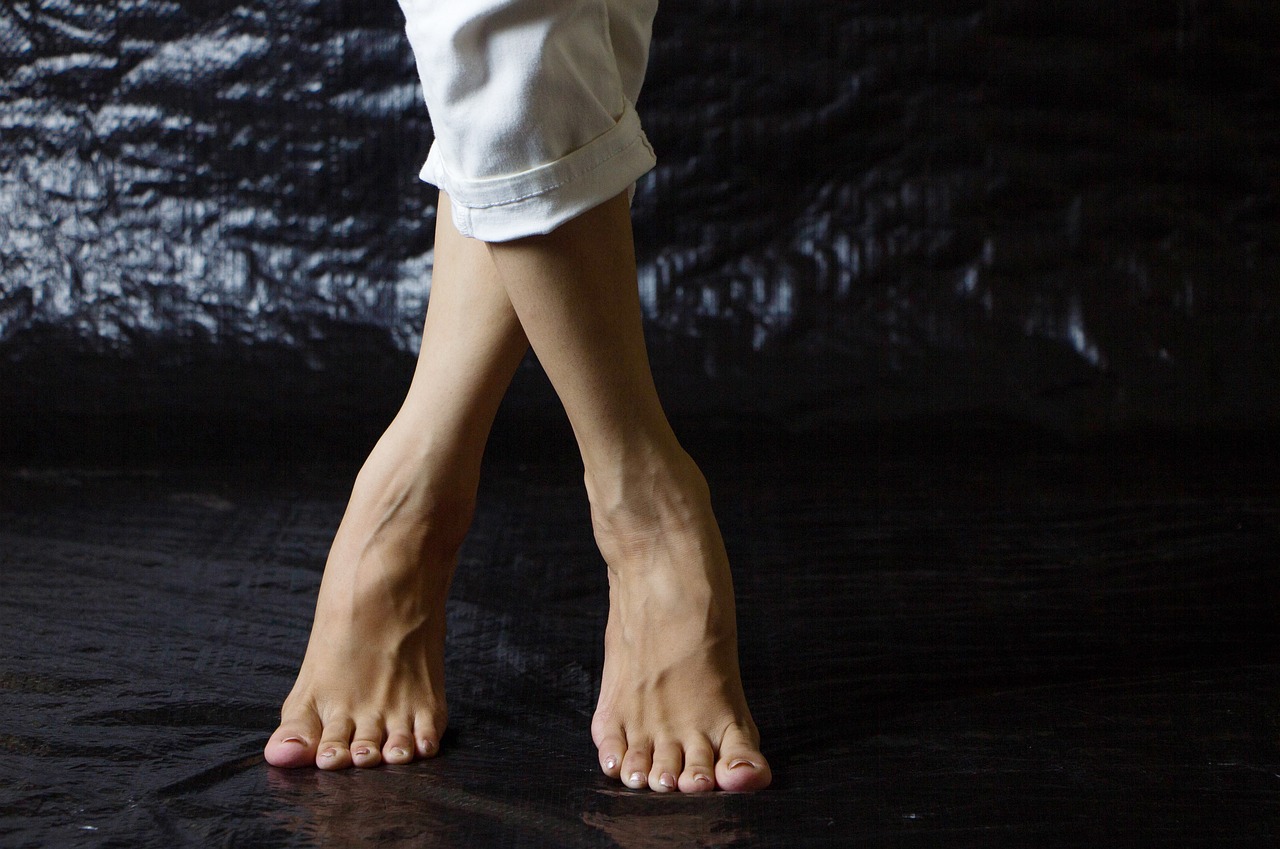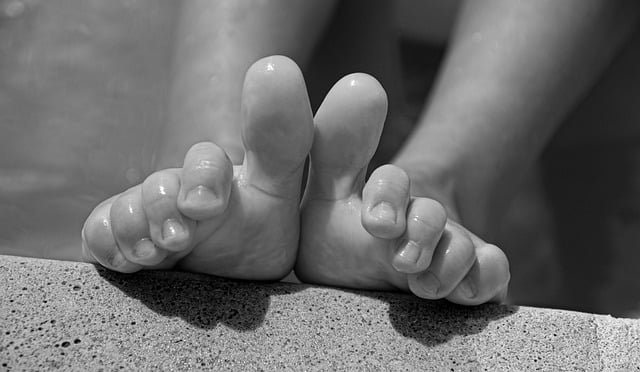Your feet might be trying to tell you something important about your health. Changes in their color, shape, or sensation can sometimes indicate hidden medical conditions. Paying attention to these signs can help identify potential health problems before they become serious.
If your feet always feel cold, it might not just be due to chilly weather. Poor circulation, often caused by heart disease, high blood pressure, or smoking, could be a reason. Nerve damage from diabetes can also make feet feel colder than normal. If this is a frequent issue, consulting a doctor is a good idea.
Persistent foot pain, especially without an obvious injury, might signal stress fractures or osteoporosis. High-impact activities like running or jumping put pressure on the bones, increasing the risk of small cracks. Ignoring ongoing pain can make things worse, so early medical evaluation is essential.

Swelling in the feet is common after standing for long periods, but if it doesn’t go away, it might indicate an underlying problem. Poor circulation, kidney issues, or thyroid disorders could be the cause. If the swelling persists, medical attention may be needed.
A burning feeling in the feet might be a sign of nerve damage, commonly seen in diabetes. However, other causes like vitamin B deficiency, kidney disease, or circulation problems can also contribute. Identifying the root cause early can help in managing discomfort effectively.
Dark patches on the feet, especially under the nails, could be a sign of melanoma, a serious form of skin cancer. Since this type of cancer can appear in areas that don’t get much sun exposure, it’s important to check your feet regularly. Any unusual dark spots should be examined by a doctor.
Yellow toenails are often linked to fungal infections, but they can also be a sign of more serious conditions like lymphedema, lung disease, or psoriasis. If toenail discoloration continues despite treatment, further medical evaluation is necessary.
Foot wounds or ulcers that don’t heal properly might be an early sign of diabetes. Poor circulation and nerve damage make it harder for injuries to recover, increasing the risk of infection. If a sore lingers, getting medical advice is crucial to avoid complications.
If your big toe moves upward when the sole of your foot is touched, it could indicate a neurological issue. Known as the Babinski sign, this reflex is normal in babies but may suggest a stroke or multiple sclerosis in adults. A doctor can help determine if further tests are needed.
If your toes bend awkwardly into a claw-like shape, it could be due to nerve damage from diabetes or alcoholism. If left untreated, the condition may require surgery. Seeking treatment early can help prevent long-term issues.
Color-changing toes, shifting from white to blue to red, could be a symptom of Raynaud’s disease. This condition affects circulation and can be triggered by cold temperatures or stress. It may also be linked to autoimmune disorders. If these symptoms occur frequently, medical evaluation is recommended.
Your feet can provide valuable health warnings. Recognizing these early signs and seeking timely medical care can help prevent serious health complications. Paying attention to small changes now could make a big difference in the future.


